





Oracle commerce to Salesforce commerce cloud
Migrating your store from Oracle commerce to Salesforce commerce cloud might seem daunting, but with proper planning and the right tools, it's a smooth process. Follow this step-by-step guide to ensure a successful transition.
Schedule a call
Oracle Commerce to Salesforce Commerce Cloud Migration Guide
Step 1: Assess Your Current Oracle Commerce Setup
Before initiating the migration, we must thoroughly assess the existing Oracle Commerce setup to identify all components that need to be migrated, including data, custom functionalities, and integrations.
Step 2: Prepare Data for Migration
Data preparation is critical to ensure a smooth transition; we will clean, format, and validate all data before moving it to Salesforce Commerce Cloud.
Step 3: Set Up Your Salesforce Commerce Cloud Environment
We will configure the Salesforce Commerce Cloud environment to align with your business needs, ensuring that it is optimized for your operations post-migration.
Step 4: Migrate Data to Salesforce Commerce Cloud
The actual data migration step involves importing the prepared data into Salesforce Commerce Cloud, ensuring all information is accurately transferred.
Step 5: Re-Implement Custom Functionalities
In this step, we will identify and re-implement any custom functionalities from Oracle Commerce within Salesforce Commerce Cloud to maintain your unique business operations.
Step 6: Perform Comprehensive Testing
Testing is critical to ensure that everything is functioning correctly; we will perform thorough testing across all functionalities and scenarios before going live.
Step 7: Go Live and Monitor Performance
Finally, we will launch the Salesforce Commerce Cloud platform and closely monitor its performance, making adjustments as necessary to optimize the user experience.
Power Your Step - Get in Touch
Ready to elevate your eCommerce platform? Contact PowerCommerce today for expert migration support and seamless transitions.
Step 1: Assess Your Current Oracle Commerce Setup
The first step in our migration from Oracle Commerce to Salesforce Commerce Cloud is to perform a comprehensive assessment of your current Oracle Commerce environment. This crucial phase enables us to identify all elements that need migration, ensuring that nothing is overlooked. We'll examine the existing architecture, including data structures, custom functionalities, and third-party integrations that are in use.
During this assessment, we aim to accomplish several objectives:
- Catalog all the products, categories, customer data, and order history that need to be migrated.
- Evaluate existing customizations and extensions that may need to be re-implemented or adapted in Salesforce Commerce Cloud.
- Identify third-party integrations (e.g., payment gateways, shipping solutions) that must be re-established in the new environment.
To facilitate this process, we recommend using tools such as:
- Data Migration Tools: Utilize tools that can help in exporting data from Oracle Commerce into a format suitable for Salesforce Commerce Cloud.
- Inventory Management Software: This can assist in cataloging existing products and their attributes.
- Custom Audit Scripts: If you have extensive custom functionalities, create scripts to document their logic and interactions.
This foundational step sets the stage for a successful migration by ensuring all necessary elements are accounted for and will be preserved or reconfigured in Salesforce Commerce Cloud.

Step 2: Prepare Data for Migration
With the assessment completed, we now focus on preparing the data for migration. This step is essential to ensure data integrity and compatibility with Salesforce Commerce Cloud. We will clean, format, and validate all data, ensuring that it aligns with the new platform’s data structures and requirements.
The following actions are crucial during this phase:
- Data Cleaning: Remove any duplicate entries, outdated records, and irrelevant data from your existing database. This helps in reducing clutter and improving the quality of the data being migrated.
- Data Mapping: Create a mapping document that aligns fields from Oracle Commerce to Salesforce Commerce Cloud. This ensures that product attributes, customer information, and order histories are correctly aligned in the new system.
- Data Formatting: Adjust the data formats to match Salesforce Commerce Cloud requirements. This may include converting CSV files, adjusting date formats, or normalizing product attributes.
- Validation: Conduct validation checks to ensure that the data meets the requirements of Salesforce Commerce Cloud. This involves running test imports to identify any issues before the final migration.
Tools that can assist in the data preparation process include:
- ETL Tools: Tools like Talend or Apache Nifi can facilitate data extraction, transformation, and loading.
- Excel or Google Sheets: For smaller datasets, these can be used to clean and format data efficiently.
Efficiently preparing data will minimize the risk of errors and ensure a seamless migration to Salesforce Commerce Cloud.

Step 3: Set Up Your Salesforce Commerce Cloud Environment
Next, we will set up your Salesforce Commerce Cloud environment. This setup is crucial as it lays the groundwork for how your online store will function post-migration. We will configure the platform to align with your specific business needs, ensuring that it is optimized for your operations.
Key actions during this step include:
- Account Setup: Create your Salesforce Commerce Cloud account and configure roles and permissions for your team. Ensure that users have the appropriate access to perform their functions.
- Store Configuration: Set up your storefront, including customizing themes, layouts, and navigation structure to match your branding and user experience goals.
- Business Rules Configuration: Establish business rules for pricing, promotions, and shipping to align with your operational strategies.
- Payment and Shipping Integrations: Connect payment gateways and shipping providers. Ensure that these integrations are tested for functionality and reliability.
Utilizing Salesforce’s built-in configuration tools, we can ensure that your setup is thorough and tailored to your business needs. Additionally, Salesforce provides extensive documentation and support resources that can guide us during this configuration process.
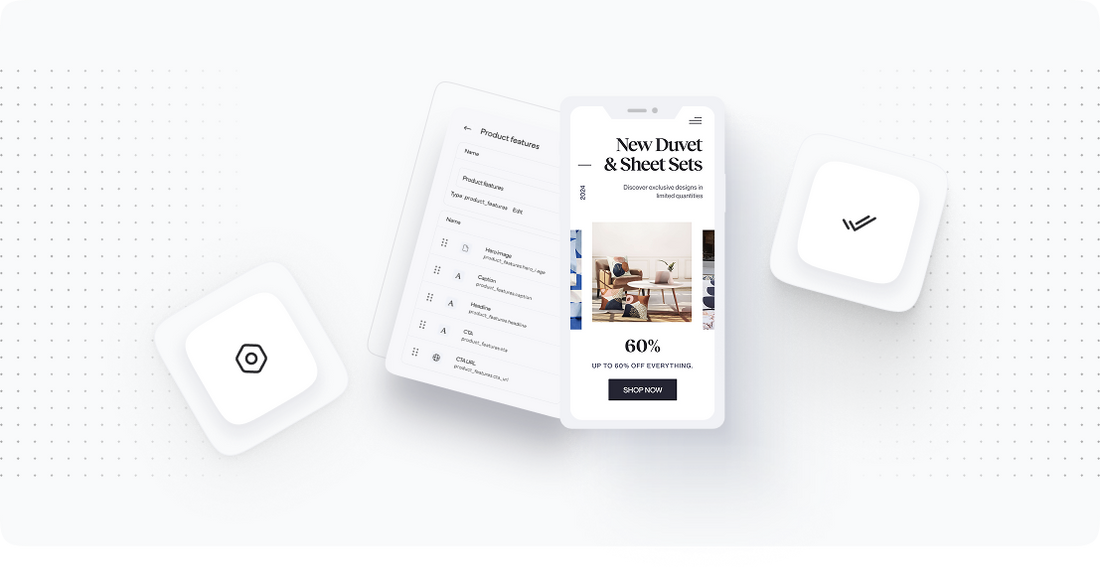
Step 4: Migrate Data to Salesforce Commerce Cloud
Having set up the Salesforce Commerce Cloud environment, we will now proceed to the actual data migration step. This involves importing the prepared data into Salesforce Commerce Cloud, ensuring that all information is accurately transferred while maintaining data integrity.
To execute this migration, the following steps should be followed:
- Use Data Import Tools: Leverage Salesforce’s built-in data import tools or third-party ETL services to facilitate the import process. Tools such as Dataloader.io or Talend can be incredibly useful.
- Perform Test Migrations: Conduct a test migration with a small subset of data to identify any potential issues before the full-scale migration. This allows us to troubleshoot and rectify any errors without affecting the entire dataset.
- Full Data Migration: Once the test migration is successful, proceed with the full data migration. Monitor the process carefully to catch any errors or discrepancies during the transfer.
- Data Validation Post-Migration: After the migration, it is crucial to conduct validation checks to ensure that all data has been transferred correctly. This includes verifying the integrity of customer accounts, order histories, and product information.
By ensuring a thorough migration process, we can significantly reduce the risk of data loss or corruption, allowing for a smoother transition to Salesforce Commerce Cloud.
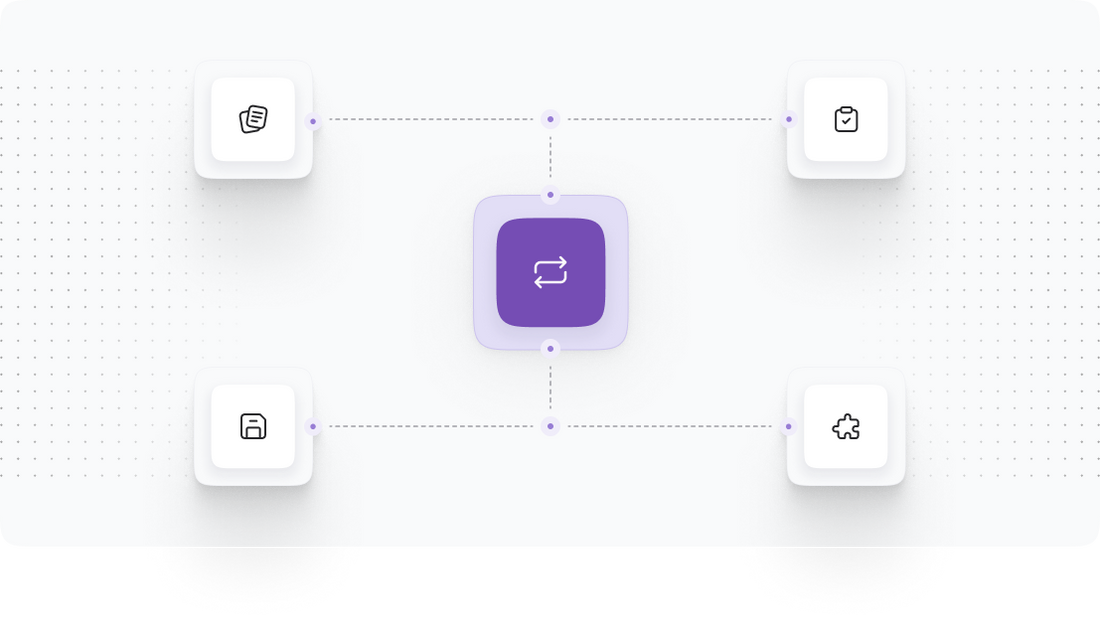
Step 5: Re-Implement Custom Functionalities
As we transition into the later stages of the migration, it’s time to focus on re-implementing any custom functionalities from Oracle Commerce within Salesforce Commerce Cloud. This step is essential to maintain the unique business operations that set your brand apart.
The re-implementation process should follow these guidelines:
- Identify Custom Functionalities: Review the mappings and documentation created during the assessment phase to identify which custom functionalities need to be replicated in Salesforce Commerce Cloud.
- Leverage Salesforce Tools: Utilize Salesforce’s development tools and APIs to recreate these functionalities. Salesforce provides robust documentation and developer resources that can assist in this process.
- Testing Custom Features: Once re-implemented, it’s critical to conduct comprehensive testing on all custom features to ensure they function as intended within the Salesforce environment. This includes unit testing, integration testing, and user acceptance testing.
- Iterate Based on Feedback: Gather feedback from users during testing and make necessary adjustments to improve the functionality and user experience.
By effectively re-implementing custom functionalities, we can ensure that the new platform continues to meet your business needs and provides a seamless experience for both your team and customers.
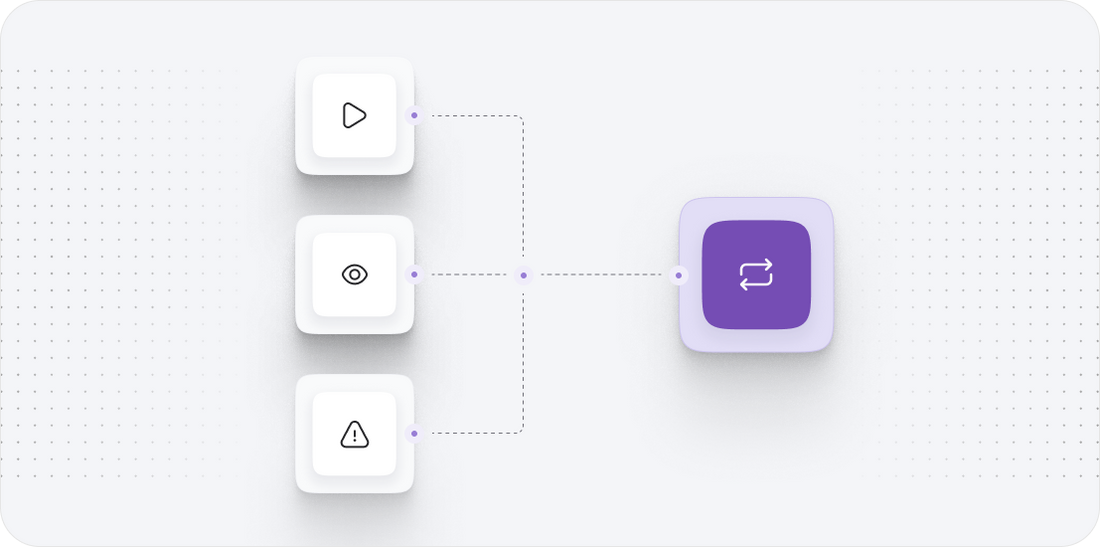
Step 6: Perform Comprehensive Testing
Before going live with your newly migrated Salesforce Commerce Cloud platform, comprehensive testing is critical to ensure that everything is functioning correctly. This testing phase allows us to identify and rectify any issues before customers begin using the new system.
Our testing process will include several key components:
- Functional Testing: Verify that all functionalities work as intended. This includes testing the checkout process, payment integrations, product displays, and custom features that were implemented.
- Performance Testing: Assess the platform’s performance under various conditions. This includes simulating high traffic scenarios to ensure the platform can handle peak loads without degradation in performance.
- Security Testing: Conduct security assessments to ensure that all data is protected and that there are no vulnerabilities in the new setup. This includes testing encryption protocols and access controls.
- User Acceptance Testing: Involve a group of users to test the platform in a real-world scenario. Gather feedback on usability and functionality to ensure that it meets the expectations of your team and your customers.
Utilizing automated testing tools can greatly enhance the efficiency and effectiveness of this testing phase, ensuring comprehensive coverage and quick identification of issues.
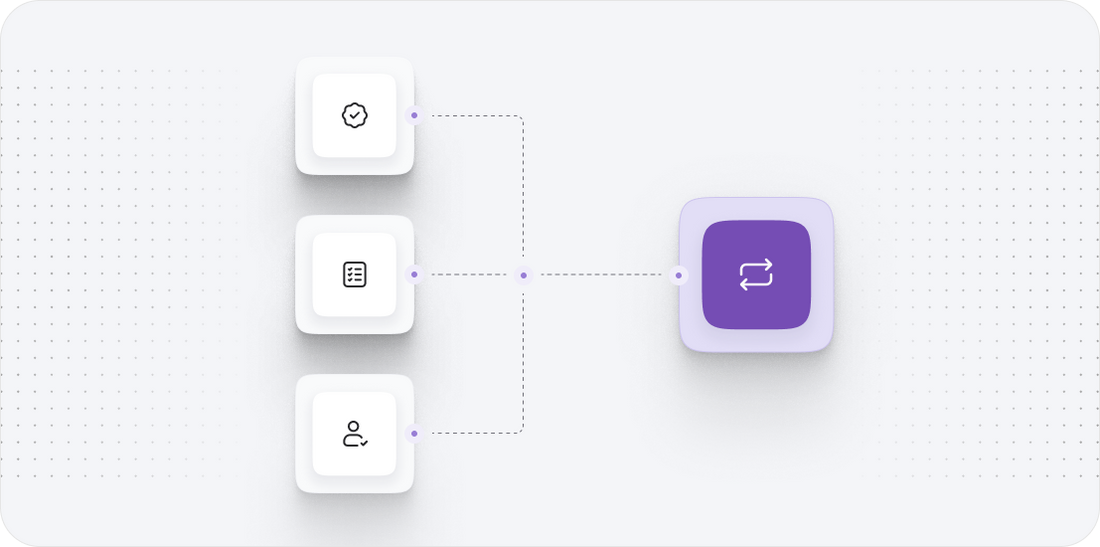
Step 7: Go Live and Monitor Performance
With testing complete and all issues addressed, we are now ready to go live with your new Salesforce Commerce Cloud platform. This final step marks the culmination of our migration efforts, but it also initiates a critical phase of monitoring and optimization.
Upon going live, we will take the following actions:
- Launch the Platform: Officially switch from Oracle Commerce to Salesforce Commerce Cloud, ensuring that all users are informed of the new system and its features.
- Monitor Performance: Closely monitor the platform’s performance metrics, including load times, transaction success rates, and user engagement levels. Use analytics tools provided by Salesforce to track these metrics.
- Gather User Feedback: Engage with users to gather feedback on their experience with the new platform. This can include surveys, interviews, or direct observation of user interactions.
- Optimize Based on Insights: Analyze the collected data and feedback to make necessary adjustments that enhance the user experience. This could involve tweaking user interface elements, adjusting product display settings, or refining checkout processes.
By actively monitoring and adjusting the platform post-launch, we can ensure that the transition to Salesforce Commerce Cloud is successful and that it supports your business objectives effectively.
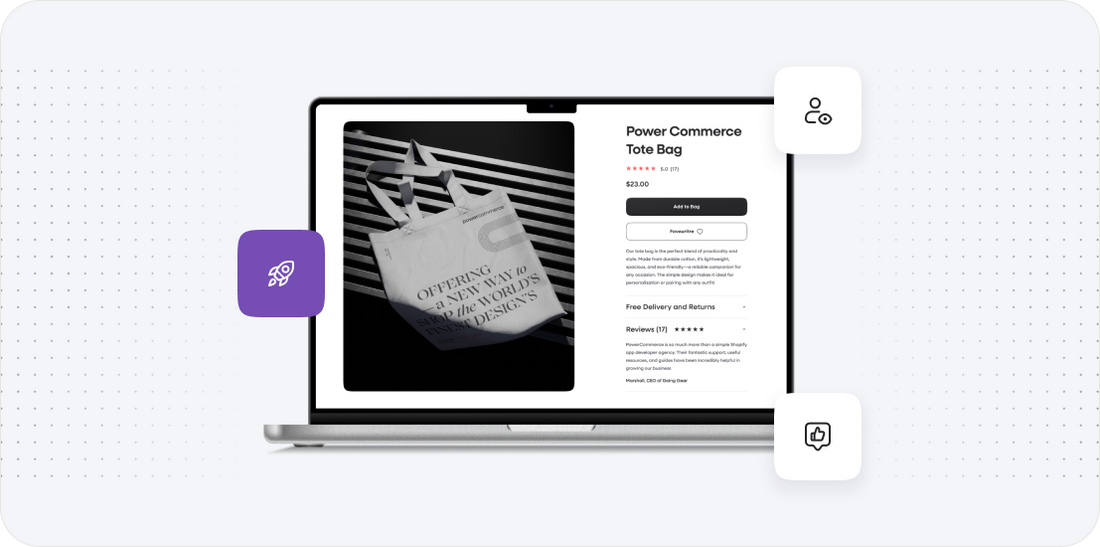
Power Your Step - Get in Touch
Ready to take your eCommerce experience to the next level? Partnering with PowerCommerce means leveraging our expertise to ensure a smooth migration from Oracle Commerce to Salesforce Commerce Cloud. Our dedicated team is here to guide you through every step of the process, minimizing downtime and maximizing efficiency.
Don’t leave your migration to chance--contact us now to get started!
- Visit our contact form to send us your inquiry.
- Call us directly at 800-099-9090.
- Email us at info@powercommerce.com for any questions or to schedule a consultation.
Join the many satisfied clients who have transformed their eCommerce operations with our help. Your success is just a conversation away!
Stay aligned on what's happening in the commerce world
Trusted by 1000+ innovative companies worldwide
Schedule Your Migration Today
For businesses prioritizing simplicity, scalability, and robust support, Shopify is the clear winner.
Looking to migrate without hassle? Power Commerce can handle the entire process, ensuring smooth data transfer, store setup, and post-launch success.
Marka Marulića 2, Sarajevo, 71000 BiH
00387 60 345 5801
info@powercommerce.com
